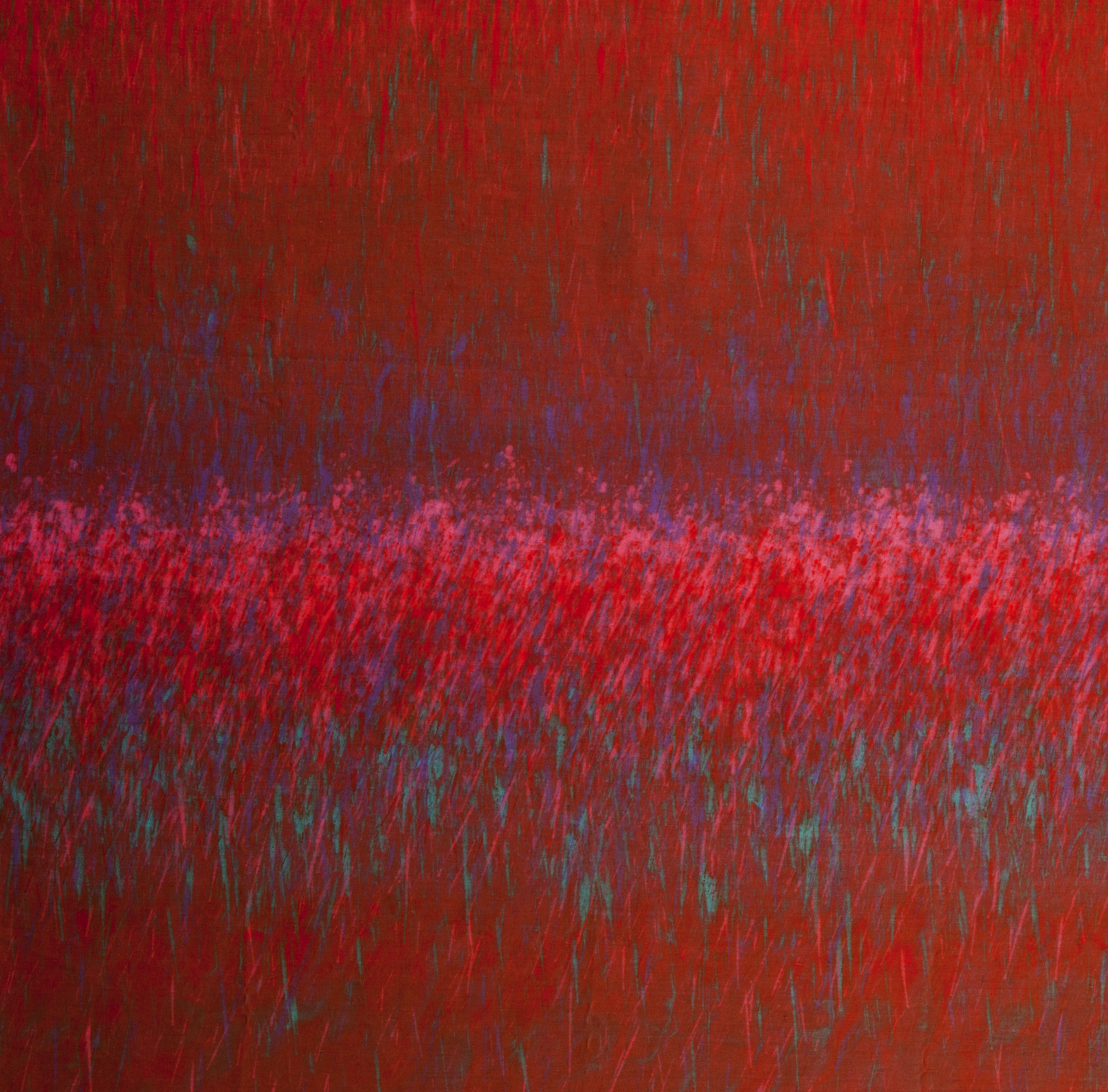
Compiled by Marian-Ortolf Bagley and Barbara Ann Caron, this selective annotated bibliography focuses on the element of design that is most evocative and seductive: color.
About Color in Design and Applied Art
Human beings react strongly to color, from infancy on. Color, John Ruskin wrote, “is the most sacred element of all visible things.” As a spiritual force color can bring joy, lift spirits, and energize. In the economic sphere, color can also be manipulated to influence consumer behavior or increase productivity in workers. As we design books, computer graphics, gardens, homes, textiles, and townscapes—indeed, as we create virtually every human-made element of our environment—we must make informed, conscious decisions about color. Color in Design and Applied Art: A Selective Annotated Bibliography is the first reference to provide design and applied art professionals and students, scholars, and general readers with easy access to information in almost 500 books on color in all these areas, which deal with the emotional, aesthetic, historic, practical, technical, and theoretical aspects of color. The curious reader will find that the phenomenon of color not only fascinates designers, educators, psychologists, and color scientists, it inspires them to examine color closely and to write about it from their many viewpoints.
Design and Applied Art and the Human Environment
Now as the design and applied art domain grows and changes rapidly, especially in electronic media, it is increasingly recognized as an important means of influencing and improving the human environment. In order to meet the expanding and changing needs of the field, design education is changing, too. While students still need to be familiar with formal elements and principles, art history, aesthetics, problem-solving methods, and the issues within their particular design discipline, they also must master visual communication principles, marketing, demographics, and perception studies. Instruction in foundations of design and art that is based only on intuition or subjective response is insufficient in today’s world. Both design professionals and students need access to the burgeoning research in all these areas as they take a more conscious approach to color.





